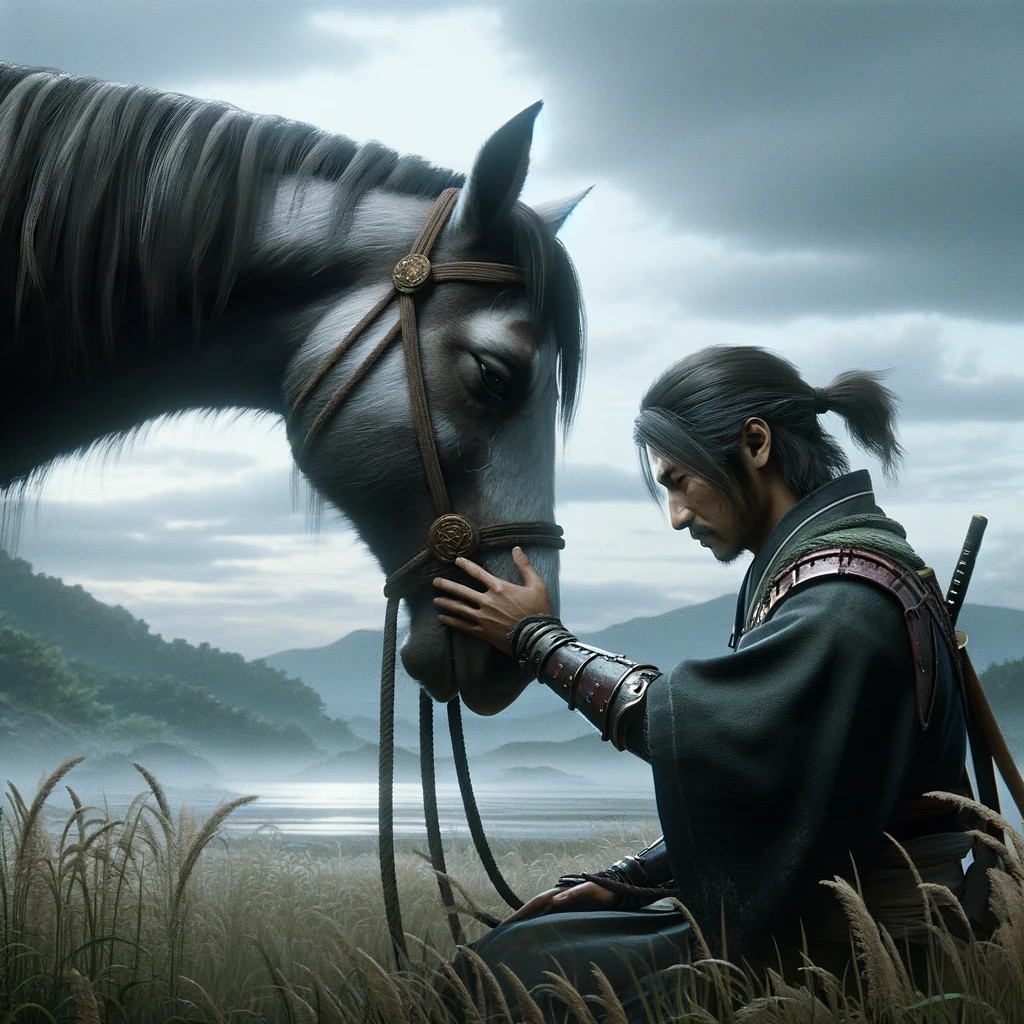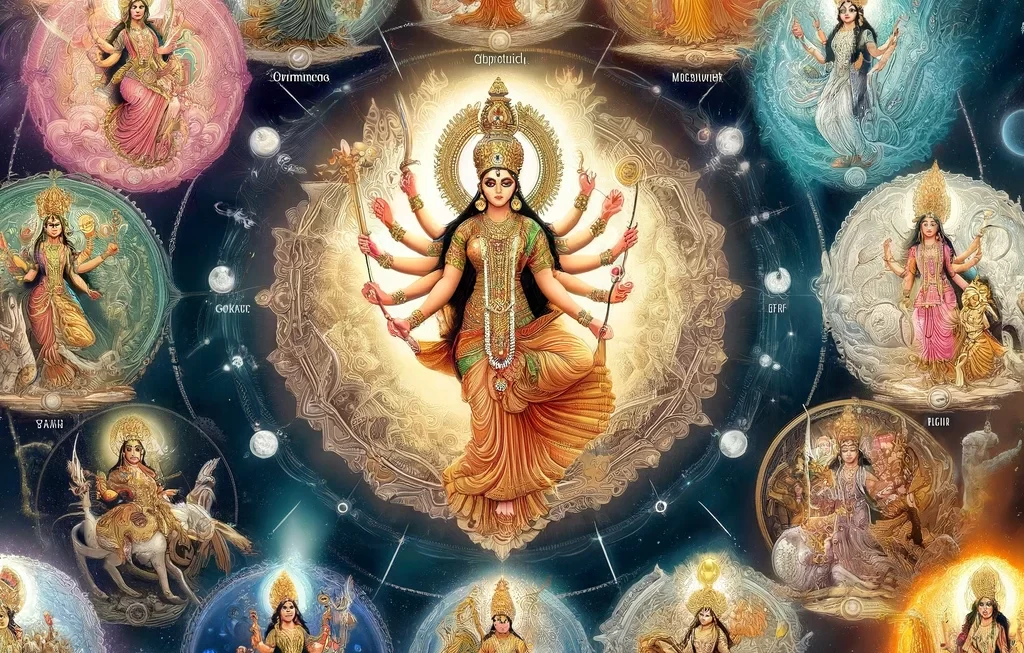“Ghost of Tsushima” is not just a game; it’s a deeply emotional journey that transcends the typical gaming experience. Each scene is a testament to the art of storytelling, woven together to form a tapestry of profound emotions. The game’s narrative is a masterful blend of history, culture, and personal drama, making it an unforgettable experience.
One of the most poignant moments in the game is the tragic death of Taka, the blacksmith. This scene is not just about loss; it’s about the shattering of hope and trust. Taka’s character, though secondary, is developed with such care that his demise leaves a tangible void. The cutscene where he meets his fate is heart-wrenching. His last moments, filled with fear and courage, are depicted with a raw intensity that makes it difficult not to feel a deep sense of loss. The impact on Jin, and more so on Yuna, Taka’s sister, is palpable. Yuna’s grief is portrayed with such authenticity that it resonates deeply with the player, adding layers to her character and making her more than just a companion in Jin’s journey.
The death of Jin’s horse, Sora, is another moment that tugs at the heartstrings. Throughout the game, Sora is more than just a mode of transport; he is a companion, a silent witness to Jin’s struggles and triumphs. The bond between Jin and Sora is built up through small, yet significant interactions, making Sora’s death a moment of profound sorrow. The way Jin gently strokes Sora in his final moments is a subtle yet powerful depiction of their bond, stirring a deep sense of empathy and loss in the player.
Jin’s duel with his uncle is another emotionally charged sequence. The duel is not just a clash of swords; it’s a clash of ideals, of familial love against duty. The complexity of their relationship is showcased brilliantly in this scene. The pain in Jin’s eyes as he confronts his uncle, who is torn between his duty and his love for Jin, adds a layer of emotional depth to the scene. The choreography of the duel, set against the backdrop of a beautifully rendered environment, enhances the emotional weight of the moment, making it a visually and emotionally compelling experience.
The transformation of Jin into the Ghost brings a mix of emotions. It’s a journey of self-discovery, of breaking away from tradition to forge a new path. Each stealth kill, each decision Jin makes, adds to the complexity of his character, making the player question the very nature of honor and justice. The scene where Jin fully embraces his role as the Ghost is both empowering and haunting, leaving the player to ponder the cost of such transformation.
Amidst the emotional turmoil, the game brings moments of joy and peace. Jin’s interactions with Yuna, especially after becoming the Ghost, are filled with warmth and mutual respect. Their bond, strengthened by shared loss and struggle, is a beacon of light in the dark world they navigate. The scenes with Yuna are beautifully crafted, providing a respite from the chaos and allowing for moments of reflection and connection.
In conclusion, “Ghost of Tsushima” is a masterpiece of emotional storytelling. It’s a journey through the myriad emotions of grief, loss, duty, honor, and love. Each scene is crafted with meticulous detail, making the player not just a participant but a witness to a deeply personal story. The game is a testament to the power of interactive storytelling, leaving an indelible mark on the hearts and minds of those who experience it.
#GhostOfTsushima#JinAndSora#SamuraiBond#GamingArt#EmotionalGaming #TsushimaTales #SamuraiStory#VideoGameMoments #GamingMasterpiece #ArtOfGaming




